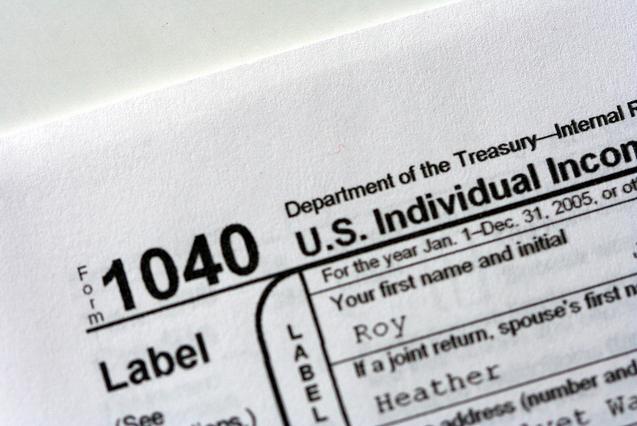Benefits
IRS to Start Accepting Tax Returns on Jan. 29, 2018
The IRS has announced that it will officially begin accepting returns for the 2017 tax year on January 29, 2018 (IR-2018-01, 1/4/18). This is a little later than usual to give the nation’s tax collection agency enough time to ensure security and ...
Jan. 05, 2018

The IRS has announced that it will officially begin accepting returns for the 2017 tax year on January 29, 2018 (IR-2018-01, 1/4/18). This is a little later than usual to give the nation’s tax collection agency enough time to ensure security and readiness of key tax processing systems and to assess the potential impact of new tax legislation on 2017 tax returns.
In addition, the IRS cautions taxpayers claiming certain credits, like the Earned Income Tax Credit (EITC) and the Additional Child Tax Credit (ACTC), that refunds for early filers will be delayed until late in February.
The IRS will officially open the floodgates on January 29 for the nearly 155 million individual tax returns that are expected to be filed in 2018. The deadline for filing 2017 returns is Tuesday, April 17, 2018, because April 15th is a Sunday and Emancipation Day is celebrated in Washington D.C. on Monday, April 16th. Therefore, taxpayers will have two extra days to file beyond the traditional April 15th due date.
Many software companies and tax professionals will be accepting tax returns before January 29 and then will submit the returns when IRS opens for business. Although the IRS will begin accepting both electronic and paper tax returns January 29, paper returns will begin processing later in mid-February as system updates continue. The IRS strongly encourages electronic filing for faster refunds.
In the new Notice, the IRS reminds taxpayers that, by law, it can’t issue refunds claiming the EITC and the ACTC before mid-February. It expects that the earliest that EITC/ACTC related refunds will be available in taxpayer bank accounts or on debit cards is February 27, 2018 for direct deposits when there are no other issues with the tax return.
The IRS is also instructing taxpayers to keep copies of their previous tax returns for at least three years. Taxpayers who are using a tax software product for the first time will need their adjusted gross income (AGI) from their 2016 tax return to file electronically. Those who use the same tax software they used last year don’t have to enter prior-year information to electronically sign their 2017 tax return. Using an electronic filing PIN is no longer an option.
Choosing e-file and direct deposit for refunds remains the fastest and safest way to file an accurate income tax return and receive a refund. The IRS expects more than four out of five tax returns to be prepared electronically using tax software.
Despite the delays relating to the tax credits, the IRS still anticipates issuing more than nine out of ten refunds in less than 21 days, but there are some important factors to keep in mind. For instance, after refunds leave the IRS, it takes additional time for them to be processed and for financial institutions to accept and deposit the refunds to bank accounts and products. Many financial institutions don’t process payments on weekends or holidays, which can affect when refunds reach taxpayers. For EITC and ACTC filers, the three-day holiday weekend involving Presidents’ Day may affect refund timing.
Finally, the IRS says that the Where’s My Refund? tool on www.irs..gov and the IRS2Go phone app will be updated with projected deposit dates for early EITC and ACTC refund filers in late February. Taxpayers won’t see a refund date on Where’s My Refund? or through their software packages until then. The IRS, tax preparers and tax software will not have additional information on refund dates, so Where’s My Refund? remains the best way to check the status of a refund.
